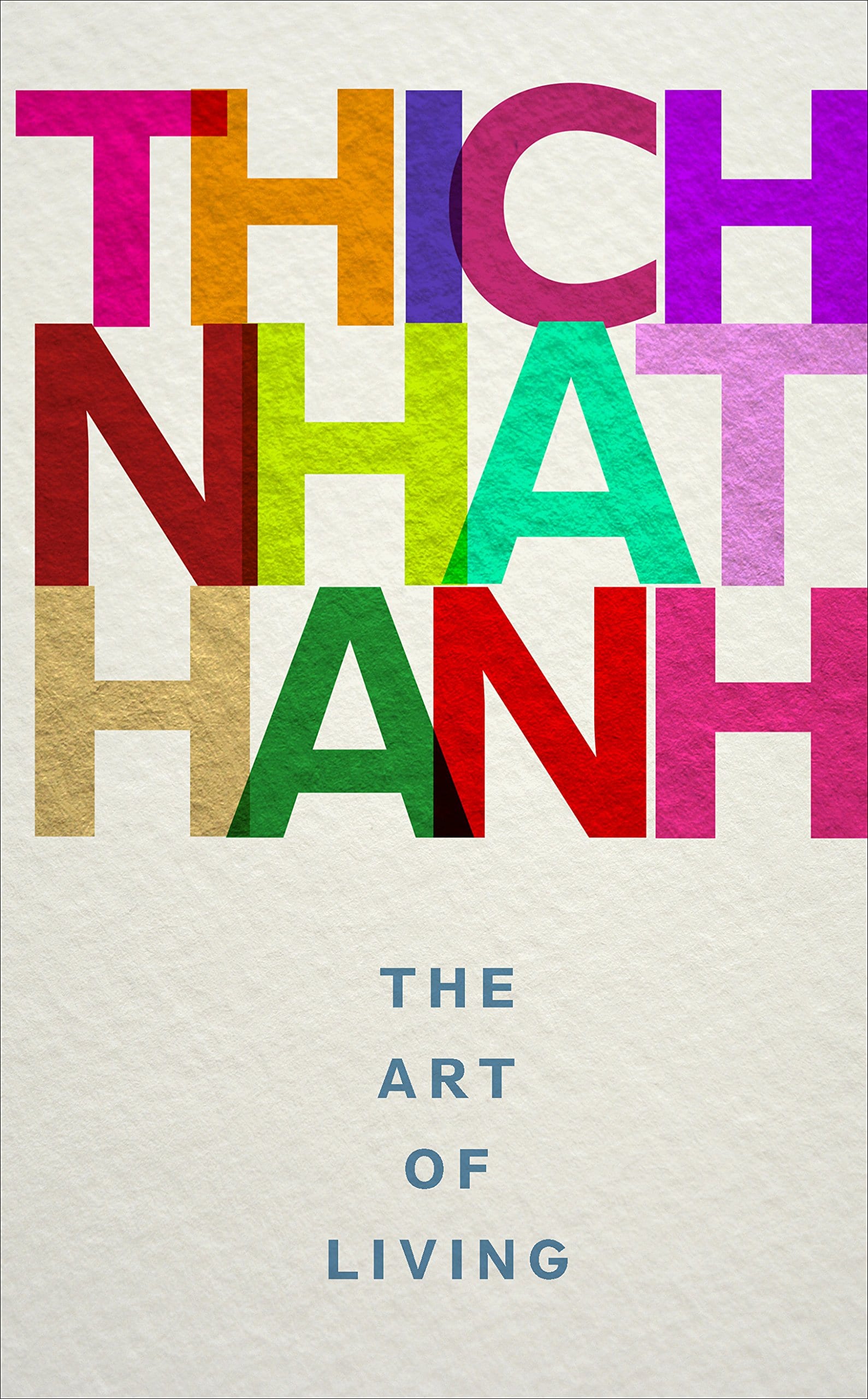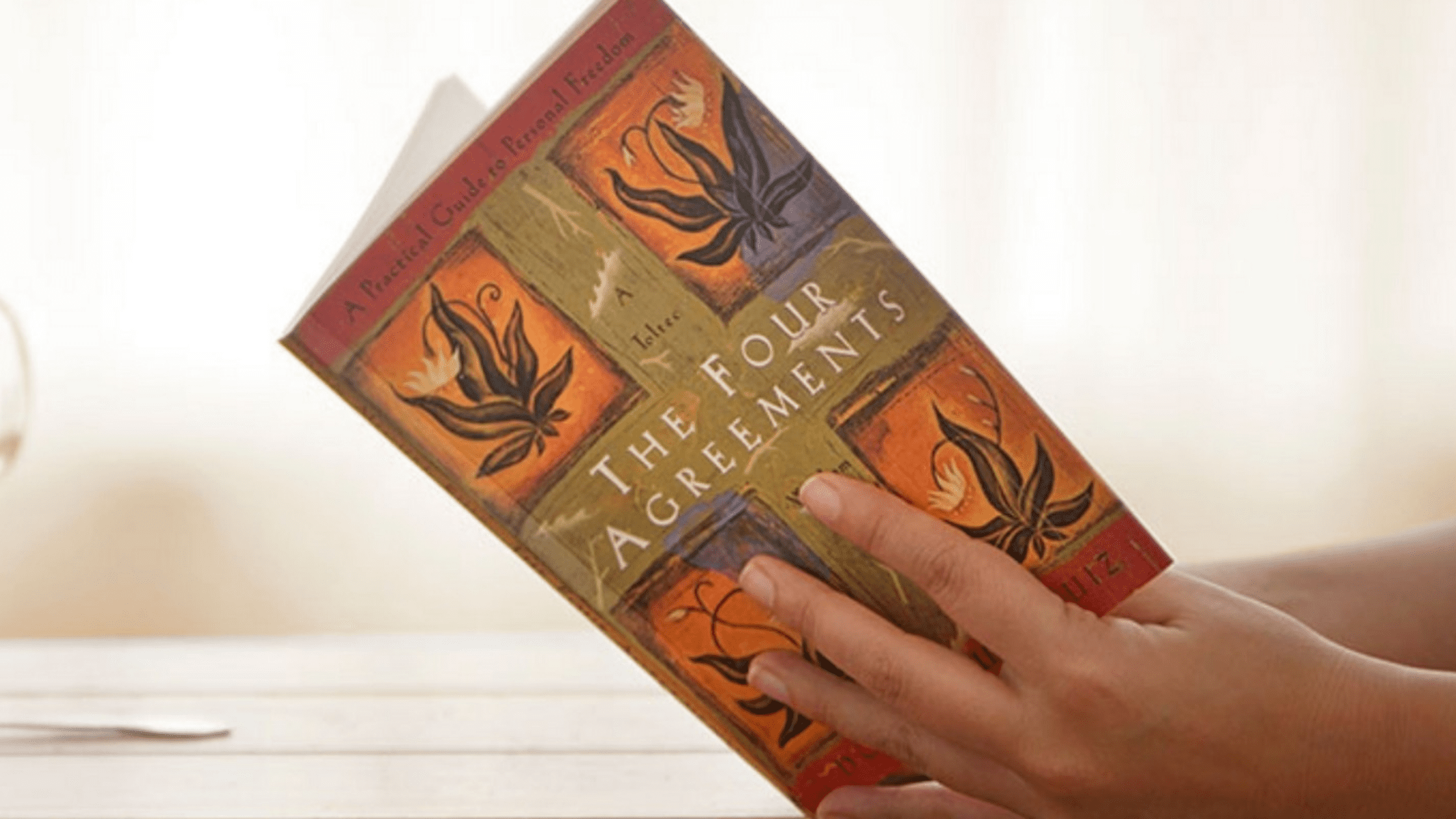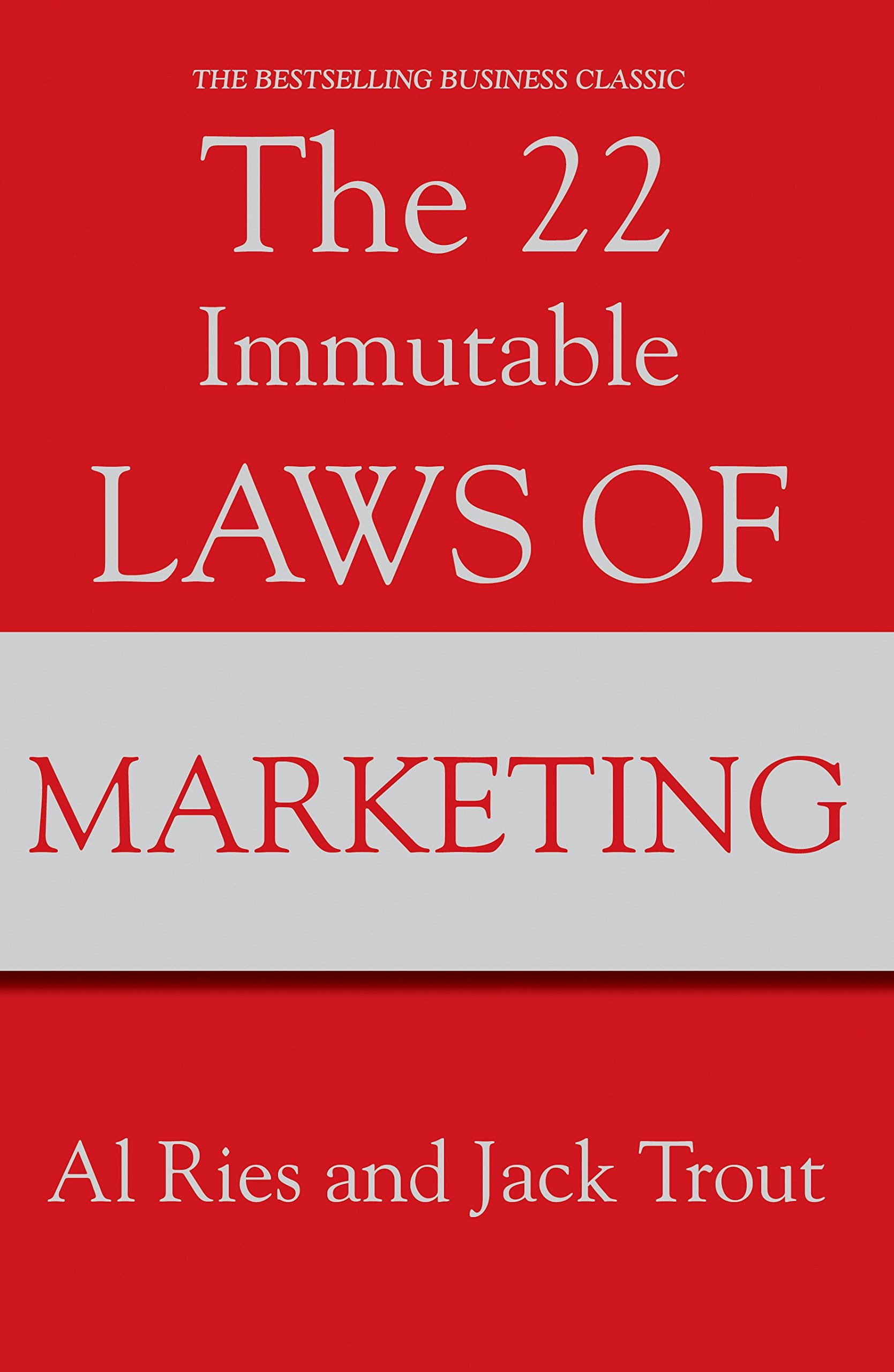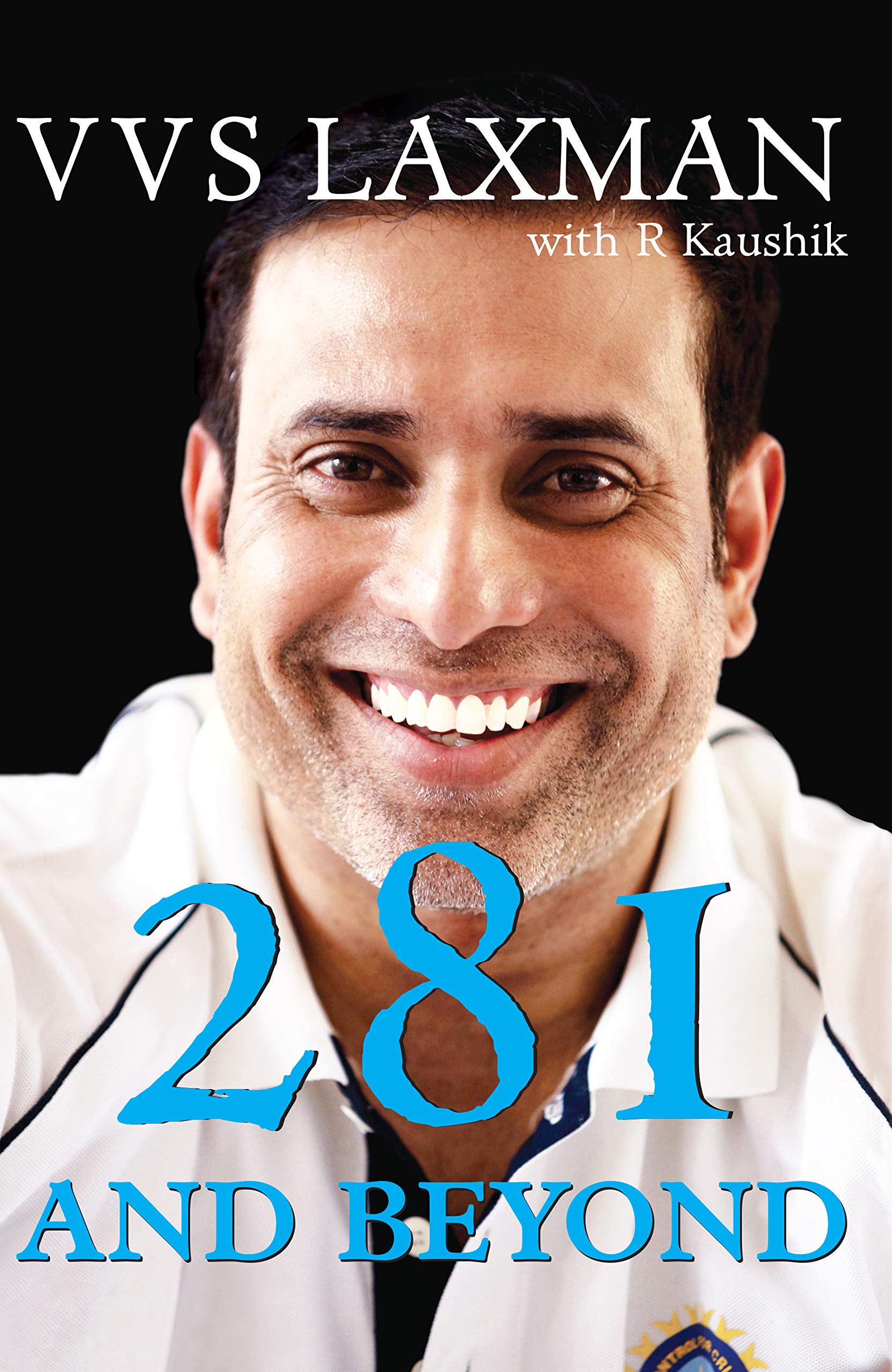I was recommended The Art of Living by Thich Nhat Hanh by an author that I met during a scuba diving trip last year. It took me almost 4 months to finish the short and simple book because each chapter had a profound impact on the way I viewed the world and myself. When I finally finished the book, I felt like I could read it again, and again, and again because each time, it would deliver a deeper meaning or a new one altogether to what it had the previous time. It’s that sort of a book.
The objective of the book (as I understand it today) is to realise that we can create a heaven on earth, achieve a state of nirvana and be happy – on our own. We do not need to bow before an image or sculpture of god, pray to him/her multiple times a day, follow the myriad rules that religion has created or detach ourselves from the world to achieve nirvana or the state of “happiness”. Instead the book suggests that we focus our efforts on these 7 practices to achieve our goals, viz:
- Emptiness
- Singlessness
- Aimlessness
- Impermanence
- Non-Craving
- Letting go
- Nirvana
The book is divided into chapters where Thich Nhat Hanh uses examples from his own life experiences supplemented by other teachings to delve into these 7 practices. The simple language makes it easy to grasp the concepts that are being discussed. Many examples instantly resonated with me, while some provided a deeper perspective into the things that I am experiencing(right now), several made me rethink my reactions with compassion.
One of the teachings that had a profound impact on me was how Thich Nhat Hanh dealt with the news of the pirates that attacked a Vietnamese ship, raped an 11-year-old girl and killed her father. The girl jumped overboard and perished as well. The story generated tremendous sadness, hurt and anger but Thich Nhat Hanh narrates how he used meditation techniques to quell the paralysis caused by anger. He reimagined the events from a deeper understanding including the perspective of the perpetrator i.e. the pirate that raped the child. The findings led to him say “I could embrace not only the 11-year-old girl in my arms, but also the pirate. I could see myself in them.” It was (and is) powerful stuff.
Who is this book for?
I strongly believe that this book is for anyone that has started to be (or are) disillusioned with religious discourses and wants to find a simpler (and believable) way to be happy and achieve nirvana. All of which, Hanh believes, and promises can be achieved on earth, whilst we are alive.
The book is available on Amazon
18/2019






